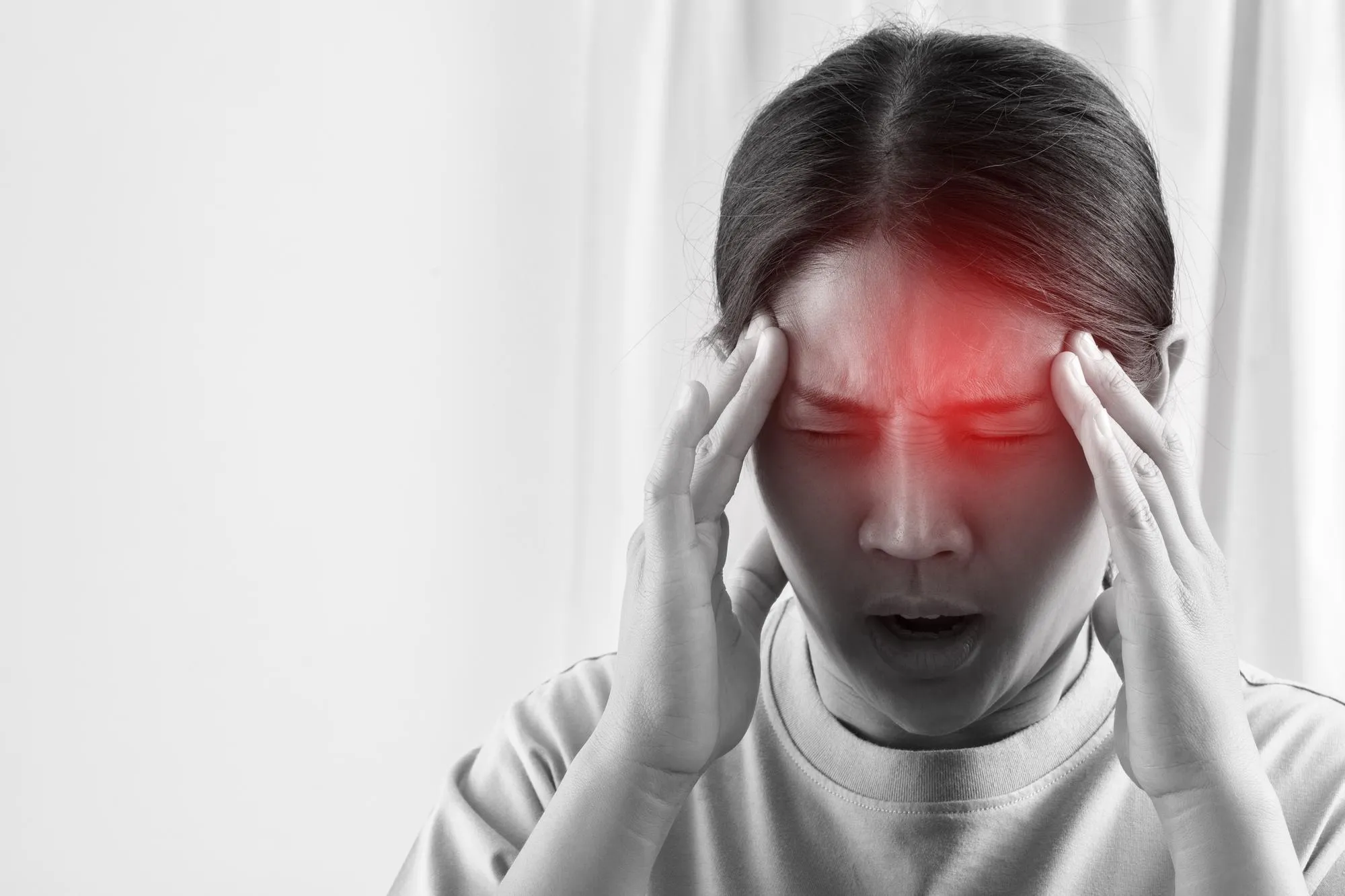Migraine is far more than just a headache. The neurological disorder is a leading cause of disability worldwide, eclipsed only by the sheer scale of its impact on the individual and public health systems. According to a study published in Neurology, migraine prevalence and the need for preventive therapy remain a significant health concern (Lipton et al., Neurology, 2007). In this regard, a groundbreaking pilot trial conducted in Northern California may offer new hope for those suffering from moderate-to-severe migraines. The Mindfulness and Migraine Study (M&M) explores the efficacy of Mindfulness-Based Stress Reduction (MBSR) as a potential treatment.
DOI: 10.1186/s13063-019-3355-y
The M&M Study: An Overview
The M&M study, published in Trials, outlines a two-arm randomized controlled pilot trial aimed at assessing the feasibility and impact of MBSR in treating episodic migraine (Pressman et al., Trials, 2019). The new protocol was to pave the way for a fully powered clinical trial, contingent upon the pilot’s success. This initiative is particularly noteworthy as it is the first pragmatic trial of MBSR for migraine that utilizes community-based classes within the U.S.
MBSR is an 8-week program that incorporates meditation and yoga to promote mindfulness, a psychological process of bringing one’s attention to experiences occurring in the present moment. Prior small-scale studies have hinted at the effectiveness of mindfulness practices in alleviating symptoms associated with chronic pain syndromes, including migraines (Wells et al., Headache, 2014; Oberg et al., Glob Adv Health Med, 2013).
A Closer Look at the Pilot Trial
With the aspiration of enrolling about 60 participants, the feasibility outcomes of the M&M study included the ability and time required to recruit, adherence to the MBSR treatment, and the facility to measure outcomes using 31-day headache diaries among other patient-reported data. The active treatment arm involved an 8-week MBSR class combined with usual care, compared to a wait-list control group receiving usual care alone.
Migraine’s Toll on Healthcare and Society
The significance of this investigation cannot be overstated, given the burden migraines put on individuals and the healthcare system. The American Journal of Managed Care presents a report on the cost of migraine and its treatment, highlighting that traditional approaches, primarily medication-based, often fall short due to their limited efficacy and frequent side effects (Goldberg, Am J Manag Care, 2005). Confounding the challenge, newer medications, while more effective, come with a higher price tag.
As the global burden of headache disorders increases, documented extensively by Stovner et al. in Cephalalgia, the need for alternative, effective, and accessible treatment options becomes more pressing (Stovner et al., Cephalalgia, 2007).
The Mindfulness Approach
The underpinnings of MBSR may offer a unique approach to mitigating the frequency and severity of migraine episodes. Mindfulness practices are intended to develop an individual’s awareness and presence of mind, potentially enabling better management of stress, a common trigger for migraines (Sauro and Becker, Headache, 2009).
Furthermore, MBSR aligns with current research emphasizing multimodal treatment regimens for migraine management (Burch and Rayhill, BMJ, 2018). By adopting a non-pharmacological intervention like MBSR, the study seeks to complement traditional therapies, potentially mitigating the cost and side effects related to migraine medications.
Expectations and Potential Impact
The M&M study’s results have the potential to transform how moderate-to-severe migraines are managed. If MBSR proves to be effective in the community setting, it could open up affordable and accessible treatment pathways for migraineurs. Consequently, it holds the promise of reducing not only the frequency of migraine attacks but also the extensive use of healthcare resources.
It is essential to note that this pilot trial is a prelude to a larger, fully powered clinical trial, which will be warranted if the feasibility indicators are met. Thus, while the results of the M&M study are preliminary, they represent a critical step in validating a potentially paradigm-shifting approach to migraine care.
Sustainable and Patient-Centered Care
One of the appealing aspects of MBSR in the context of migraine therapy is the sustainability of the practice. Once learned, mindfulness techniques can be self-administered, providing individuals with tools they can use long-term, without incurring ongoing costs (Rosenzweig et al., J Psychosom Res, 2010).
The M&M study is a testament to the evolving landscape of patient-centered care. By validating interventions that participants can maintain independently, it empowers individuals with migraine to take an active role in managing their health.
Patient Safety and Study Integrity
The trial’s design has been approved by both the Sutter and Kaiser Institutional Review Boards (IRBs), with multiple safeguards in place to ensure participant safety and data integrity. These include consent procedures and ongoing monitoring by a Data and Safety Monitoring Board (DSMB).
Conclusion
The Mindfulness and Migraine Study casts a hopeful light on the future of migraine treatment. As Pressman et al. and the collaborative effort behind the study forge ahead, the medical community and those affected by migraines await the promise of a gentler, more holistic approach to pain management.
Keywords
1. Migraine Treatment
2. Mindfulness-Based Stress Reduction
3. MBSR
4. Chronic Pain Management
5. Randomized Controlled Trial
References
1. Lipton, R. B., et al. (2007). Migraine prevalence, disease burden, and the need for preventive therapy. Neurology, 68(5), 343–349. doi: 10.1212/01.wnl.0000252808.97649.21.
2. Pressman, A., et al. (2019). Conducting a pilot randomized controlled trial of community-based mindfulness-based stress reduction versus usual care for moderate-to-severe migraine: protocol for the Mindfulness and Migraine Study (M&M). Trials, 20(1), 257. doi: 10.1186/s13063-019-3355-y.
3. Stovner, L., et al. (2007). The global burden of headache: a documentation of headache prevalence and disability worldwide. Cephalalgia, 27, 193–210. doi: 10.1111/j.1468-2982.2007.01288.x.
4. Wells, R. E., et al. (2014). Meditation for migraines: a pilot randomized controlled trial. Headache, 54(9), 1484–1495. doi: 10.1111/head.12420.
5. Rosenzweig, S., et al. (2010). Mindfulness-based stress reduction for chronic pain conditions: variation in treatment outcomes and role of home meditation practice. J Psychosom Res, 68(1), 29–36. doi: 10.1016/j.jpsychores.2009.03.010.
